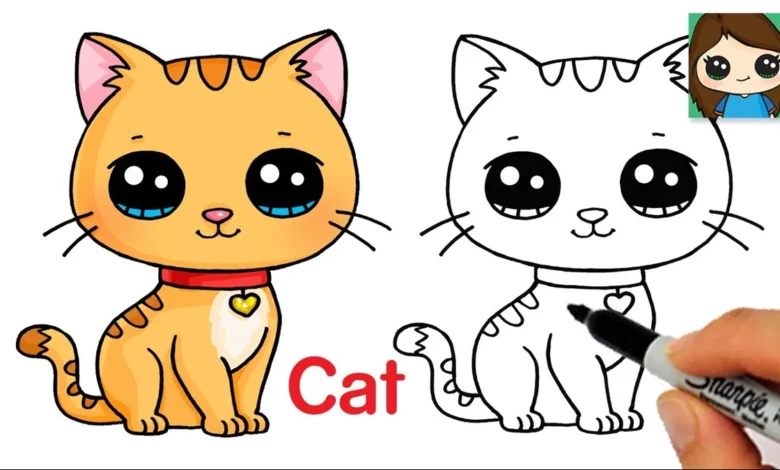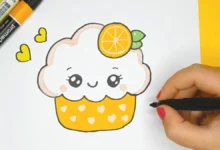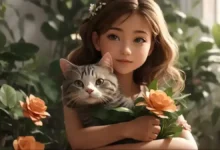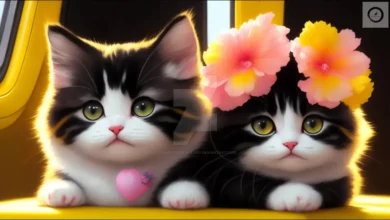Mastering Feline Features: A Comprehensive Guide to drawing:a4z_-ymtkr8= cat

Introduction to drawing:a4z_-ymtkr8= cat
drawing:a4z_-ymtkr8= cat have a way of capturing our hearts with their playful antics and graceful movements. They invite us into their world through the gentle purring on our laps or the curious glances from a sunbeam. If you’ve ever wanted to translate that feline charm onto paper, you’re in for an exciting journey! Mastering the art of drawing:a4z_-ymtkr8= cat can open up endless possibilities for creativity.
Whether you’re a seasoned artist or just picking up a pencil for fun, this guide will help you unlock your potential. We’ll explore everything from understanding feline anatomy to enhancing your skills with detailed textures and unique breed characteristics. With practice, you’ll find that capturing these adorable creatures can become not only achievable but extremely rewarding. Let’s embark on this artistic adventure together!
Understanding feline anatomy
Understanding feline anatomy is essential for capturing the essence of a cat in your drawings. Cats are known for their elegant and agile bodies, which lend themselves to dynamic poses.
Their skeletal structure comprises flexible spines, allowing them to twist and leap gracefully. Notice how their limbs are proportionate yet muscular, aiding their stealthy movements.
Focus on studying key features, such as the distinctive head shape, large expressive eyes, and sharp ears. These elements convey personality and emotion.
The tail plays a significant role, too; it’s not just an extension but also a balance aid during jumps. By observing these anatomical details closely, you can portray cats more accurately in your artwork.
Examining real cats or reference images to see how each part contributes to their unique look. This understanding will enhance your ability to create lifelike representations of our furry companions.
Materials needed for cat drawing
Gathering suitable materials is crucial for successful cat drawing. Start with quality pencils of various hardness levels. A sketching pencil, like HB or 2B, works wonders for initial outlines.
Next, invest in smooth paper that can handle erasing and shading. Bristol board is a popular choice among artists. It provides a clean surface to create intricate details without fraying.
Don’t forget about an eraser—both kneaded and regular varieties are helpful. The kneaded eraser lets you gently lift graphite while maintaining control over your work.
Blending stumps or tortillons can help create soft fur textures and smooth transitions between shades. If you’re inclined to use color, consider colored pencils or watercolors for adding depth to your feline portraits.
Keep a reference photo on hand as you draw; it will guide you through proportions and features unique to cats!
Step-by-step guide to drawing a realistic cat
Begin with a light sketch. Use simple shapes to outline the cat’s head, body, and legs. Circles and ovals work wonders as guides.
Next, refine your lines. Shape the ears drawing:a4z_-ymtkr8= cat and add facial features like the eyes, nose, and mouth. Please pay attention to their placement for realism.
Once you’re satisfied with the outline, start detailing. Focus on the contours of muscles and fur. Real cats have unique curves; capturing these adds life to your drawing.
Transition into shading now. Based on your light source, identify where shadows fall. Gradually build layers for depth—light pressure helps in blending.
Don’t forget about whiskers! They are essential characteristics that give personality to your feline friend.
Consider adding a tail or other details that enhance character without overwhelming simplicity. This stage invites creativity while honoring natural form.
Adding details and fur texture
Adding details and fur texture can elevate your cat drawing from ordinary to extraordinary. Start by observing how light interacts with a cat’s coat. Highlights and shadows create depth, making the fur appear more lifelike.
Use short, swift strokes for the fur. This mimics the natural direction of hair growth. Please pay attention to different areas; the underbelly often has softer textures than the back.
Don’t shy away from layering colors. drawing:a4z_-ymtkr8= cat A tabby might need orange, brown, and even hints of white for highlights. Mix these shades carefully to achieve a realistic effect.
Focus on distinctive features like whiskers or tufts around the ears, too. These small elements contribute significantly to capturing each breed’s uniqueness.
Take breaks during this stage. Fresh eyes can help you see where more detail is needed or where adjustments can greatly improve your work.
Tips for capturing the unique features of different cat breeds
When diving into the world of cat drawing, it is essential to recognize the distinctive traits of various breeds. Each breed boasts unique characteristics that can add depth to your artwork.
Take Persians, for instance. Their round faces and plush fur require a focus on soft curves. With gentle strokes, highlight those abundant whiskers and large, expressive eyes.
Siamese cats present a stark contrast with their sleek bodies and striking color points. Capturing their elongated features demands attention to proportions while showcasing those vivid blue eyes that draw viewers in.
For Maine Coons, emphasize their tufted ears and bushy tails. Their robust build allows you to play with shadowing techniques for added dimension.
Don’t shy away from experimenting! Observe real cats or reference photos closely—this will enhance your ability to accurately depict each breed’s essence.
Common mistakes to avoid in drawing:a4z_-ymtkr8= cat

It’s easy to stumble into common pitfalls when risking on your journey of drawing:a4z_-ymtkr8= cat. One frequent mistake is paying attention to the proportions. Cats have unique body structures that differ from other animals. drawing:a4z_-ymtkr8= cat Please pay close attention to their head-to-body ratio and leg lengths.
Another error is overemphasizing symmetry. While some features may be similar, each cat has its quirks. Embrace these differences for a more authentic portrayal.
Also, avoid rushing through the fur texture. Capturing how light interacts with fur can elevate your work significantly. Take time to study it closely.
Don’t forget about expression! A ccat’seyes tell a story; make sure they convey emotion rather than looking flat or lifeless. Focusing on these aspects will improve your drawings noticeably and bring them to life in ways you might not expect.
Using reference photos for accuracy
Using reference photos can elevate your cat drawing to new heights. They provide a visual guide that captures the intricate details of feline anatomy and fur texture.
When choosing a photo, look for good lighting and clarity. A well-lit image shows off the cat’s colors and patterns, making it easier to replicate them on paper.
Do just focus on the overall shape; examine features like ear angles or eye shapes. These nuances add realism to your artwork.
Consider using multiple references. Different poses can inspire various expressions and stances in your drawings.
Remember, it’s about interpretation, too. The goal is not to copy exactly but to use these images as tools for creating something uniquely yours while remaining true to the essence of our feline friends.
Taking your drawing:a4z_-ymtkr8= cat to the next level
To elevate your drawing:a4z_-ymtkr8= cat, consider experimenting with different styles and techniques. Try your hand at various art mediums, such as watercolors or pastels. Each medium offers unique textures that can enhance the appearance of fur.
Incorporate dynamic poses into your work. Capture a cat in mid-pounce or curled up for a nap. This adds life to your artwork and showcases their personality.
Play with lighting and shadows, too. Use contrasting colors to create depth, making your drawing more three-dimensional.
Consider adding backgrounds that complement the feline subject. Whether a cozy indoor scene or an outdoor adventure, backgrounds enrich storytelling within your art.
DDon’t shy away from mixing realism with abstraction. Infuse elements like geometric shapes or whimsical patterns to give a fresh twist to traditional representations of cats!
Conclusion: Keep practicing and have fun!
drawing:a4z_-ymtkr8= cat can be an exciting and fulfilling journey. As you explore the unique features of these beloved pets, remember that practice is vital. The more time you dedicate to sketching different breeds and styles, the better you will become.
Please don’t Shy away from making mistakes along the way; they are often your best teachers. Embrace each opportunity to learn and improve your skills. Observing real cats or high-quality reference photos can significantly enhance your understanding of their anatomy and movement.
So grab your materials, find a comfy spot, and let your creativity flow. Enjoy every moment spent bringing these magnificent creatures to life on paper!


